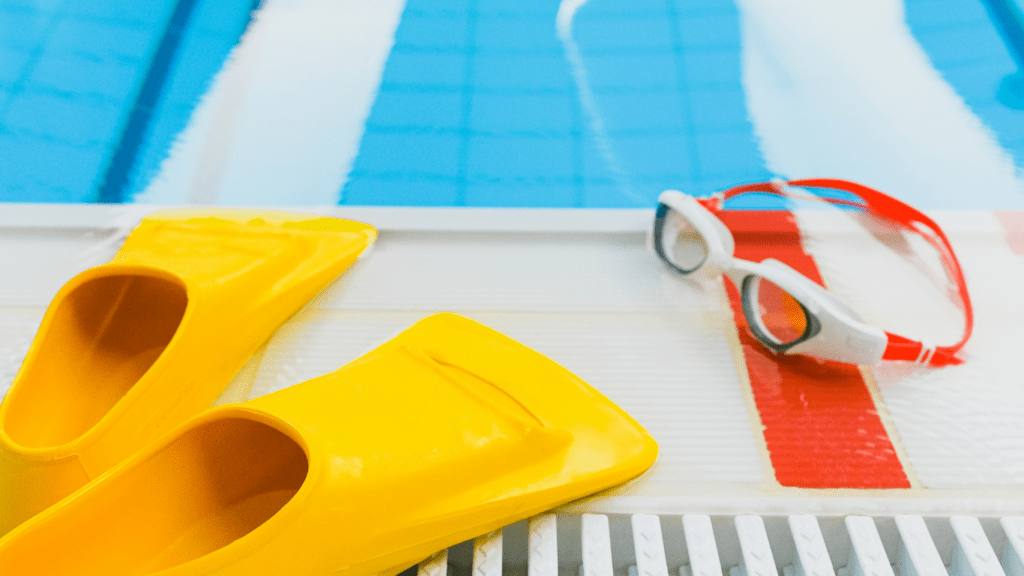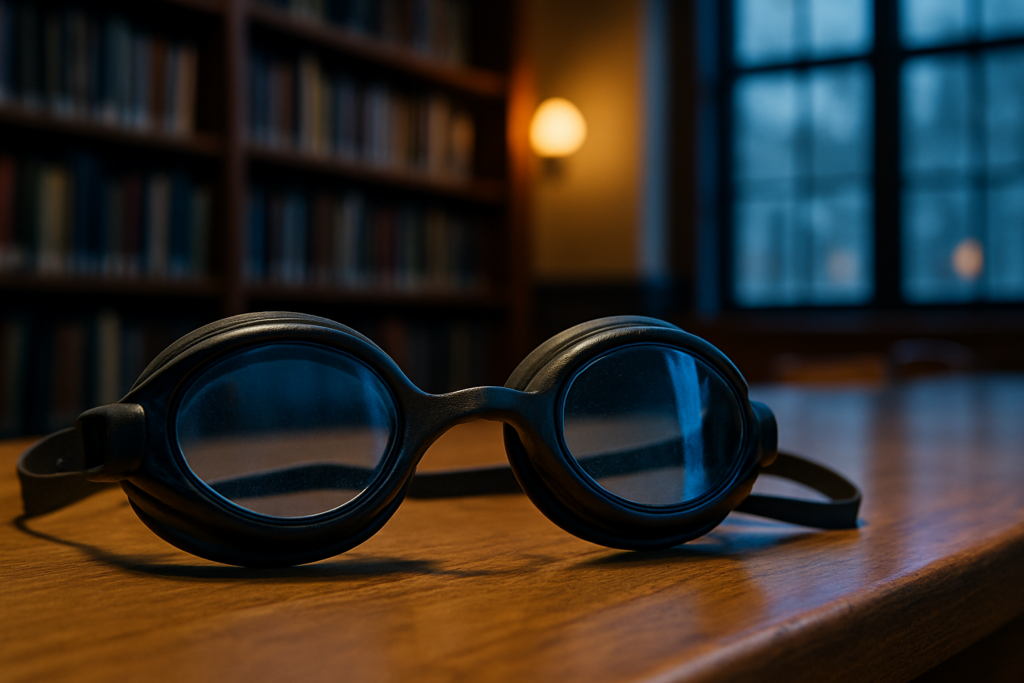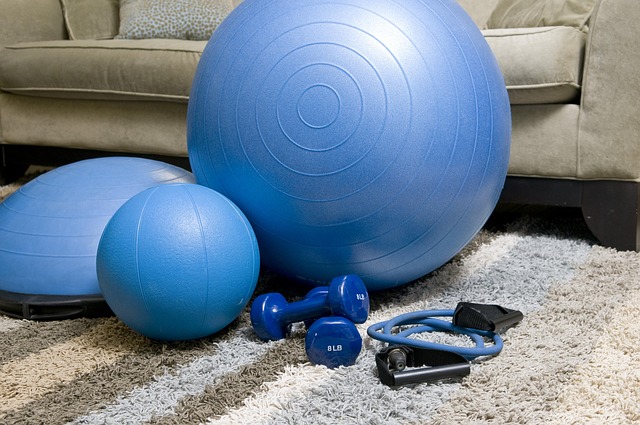Whether you’re a casual swimmer or a dedicated athlete, taking care of your swim gear is essential for maximizing performance and longevity. As an avid swimmer myself, I understand the importance of proper maintenance to ensure that your equipment stays in top condition. From goggles to swim caps, each piece plays a crucial role in your swimming experience.
In this article, I’ll share practical tips and tricks on how to maintain and care for your swim gear effectively. By following simple yet effective strategies, you can extend the life of your equipment and enjoy a hassle-free swimming routine. Let’s dive in and explore the best practices for keeping your swim gear in prime shape, so you can focus on making a splash in the water.
Understanding Swim Gear Maintenance
Maintaining your swim gear is crucial for maximizing performance and ensuring its longevity. As an experienced swimmer, I know the significance of proper care for equipment like goggles and swim caps. Let’s delve into the key aspects of swim gear maintenance.
Importance of Regular Maintenance
Regular maintenance of your swim gear is essential to prolong its lifespan and optimize performance. By regularly cleaning and inspecting your equipment, you can prevent damage and early wear. Neglecting maintenance can lead to reduced functionality and potential safety hazards. Stay on top of your gear upkeep to enjoy a seamless swimming experience every time.
Types of Swim Gear
Swimmers rely on various types of gear to enhance their performance and comfort in the water. From goggles and swim caps to fins and snorkels, each piece of equipment serves a specific purpose. Understanding the role of each gear item is crucial for effective maintenance. Proper care tailored to the type of gear ensures their durability and functionality. Be knowledgeable about the maintenance requirements of different swim gear to get the most out of your swimming sessions.
Cleaning Techniques
When it comes to cleaning swim gear, understanding the right techniques is essential. Let’s delve into the differences between hand washing and machine washing as well as the appropriate cleaning agents to use for your swim gear.
Hand Washing vs. Machine Washing
I prefer hand washing my swim gear as it allows for more control over the process. It’s gentle on the equipment, reducing the risk of damage. If you choose the machine, ensure you use a delicate cycle and place the gear in a mesh laundry bag to protect it from abrasion.
Appropriate Cleaning Agents
For effective cleaning, mild soap or detergent is ideal for most swim gear. Avoid harsh chemicals that could degrade the material. Vinegar can be used to combat odors, while baking soda helps remove chlorine residue. Always rinse thoroughly after cleaning to prevent skin irritation.
Drying and Storage Solutions

When it comes to caring for your swim gear, proper drying and storage are essential to maintain their quality and functionality. Here are some tips to ensure your gear stays in top condition:
Best Practices for Drying Swimwear
After a swim, it’s crucial to dry your swimwear properly to prevent mold and mildew buildup and extend its lifespan. Here’s how I recommend drying your swimwear:
- Air Drying: The best way to dry swimwear is by laying it flat on a towel in a well-ventilated area away from direct sunlight. This method helps to maintain the fabric’s elasticity and color.
- Avoid Heat: Refrain from using dryers or direct heat sources like radiators as they can damage the fabric and elastic components of your swimwear.
- Turn Inside Out: To ensure both the inside and outside of your swimwear dry thoroughly, turn them inside out after use before hanging or laying them flat to dry.
Storage Tips to Prolong Gear Life
Proper storage is key to preserving your swim gear and preventing unnecessary wear and tear. Consider the following storage tips to prolong the life of your equipment:
- Dry Completely: Before storing your swim gear, make sure it is completely dry to prevent mold or mildew growth. Hang items in a well-ventilated area until fully dry.
- Avoid Direct Sunlight: Store your swim gear in a cool, dry place away from direct sunlight to prevent fading and damage to the materials.
- Use Mesh Bags: Consider storing your gear in breathable mesh bags to allow for air circulation and prevent odors from developing.
- Keep Separate: Store different gear items separately to prevent rubbing and potential damage from friction between them.
By following these drying and storage tips, you can help maintain the quality and longevity of your swim gear, ensuring you get the most out of each piece for a enjoyable swimming experience.
Seasonal Maintenance Tips
As an avid swimmer, I understand the importance of seasonal maintenance to keep swim gear in top condition. Here are some essential tips to help you care for your equipment before and after the swimming season.
Pre-Season Preparation
Before the start of the swimming season, it’s crucial to check your gear for any wear and tear. Inspect your goggles for scratches or loose straps and ensure your swim caps are free of tears. Additionally, test the elasticity of your swimwear to guarantee a proper fit.
Post-Season Care
After the swimming season ends, proper care is key to extending the lifespan of your swim gear. Rinse your equipment thoroughly with cold water to remove any chlorine or salt residue. Allow everything to air dry completely before storing to prevent mold growth. Consider using mesh bags for your gear to ensure proper ventilation and maintain its quality over time.


 is a seasoned fitness expert with a special focus on swimming and holistic health strategies. With years of experience as a competitive swimmer and fitness coach, Patricia offers readers a wealth of knowledge on optimizing performance and maintaining a balanced lifestyle. Her writing on Swim Fast Stay Fit reflects her commitment to empowering others with practical advice and motivational insights. Patricia’s approach integrates advanced training techniques with accessible wellness tips, aiming to help individuals achieve their personal fitness goals and enhance their overall quality of life. Through her engaging articles, Patricia inspires readers to embrace a comprehensive approach to health, combining effective exercise routines with mindful nutrition and self-care practices.
is a seasoned fitness expert with a special focus on swimming and holistic health strategies. With years of experience as a competitive swimmer and fitness coach, Patricia offers readers a wealth of knowledge on optimizing performance and maintaining a balanced lifestyle. Her writing on Swim Fast Stay Fit reflects her commitment to empowering others with practical advice and motivational insights. Patricia’s approach integrates advanced training techniques with accessible wellness tips, aiming to help individuals achieve their personal fitness goals and enhance their overall quality of life. Through her engaging articles, Patricia inspires readers to embrace a comprehensive approach to health, combining effective exercise routines with mindful nutrition and self-care practices.
